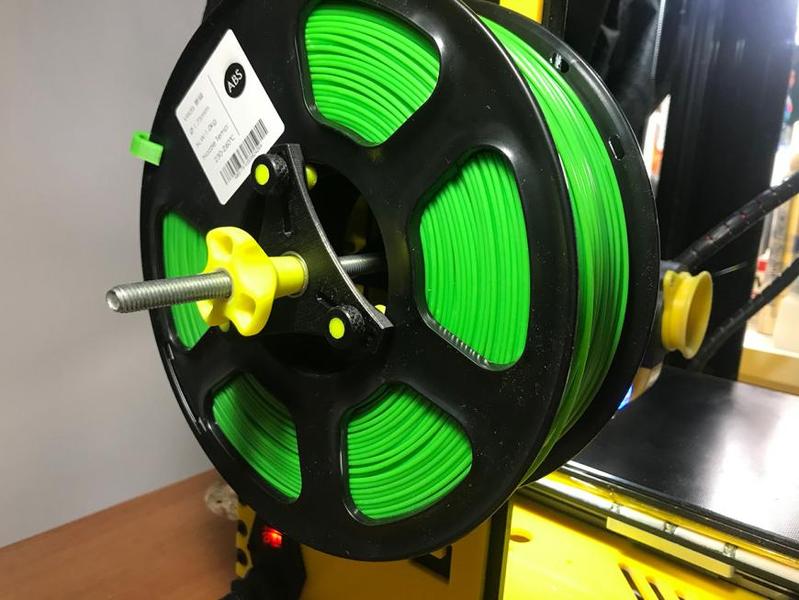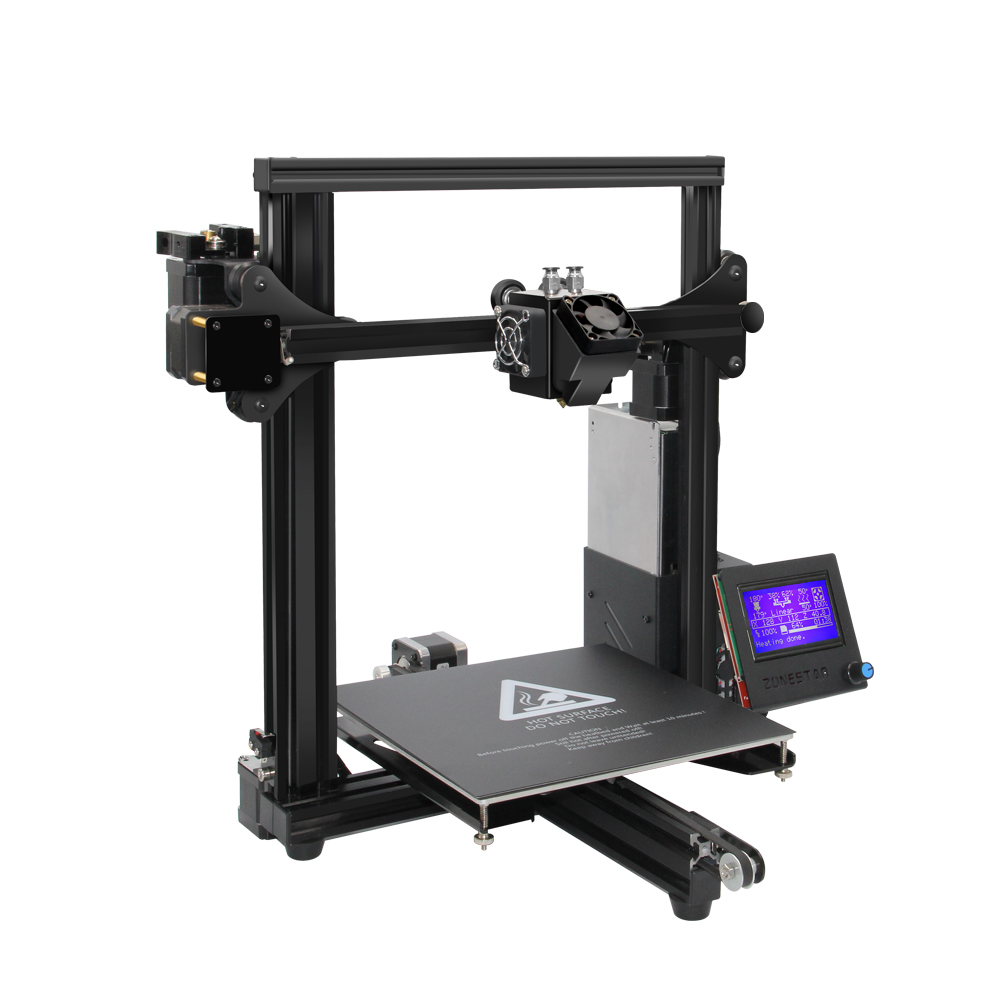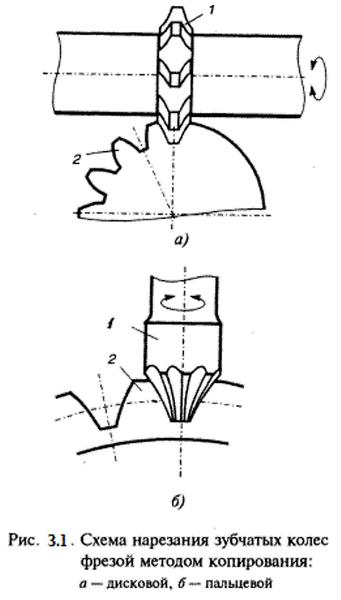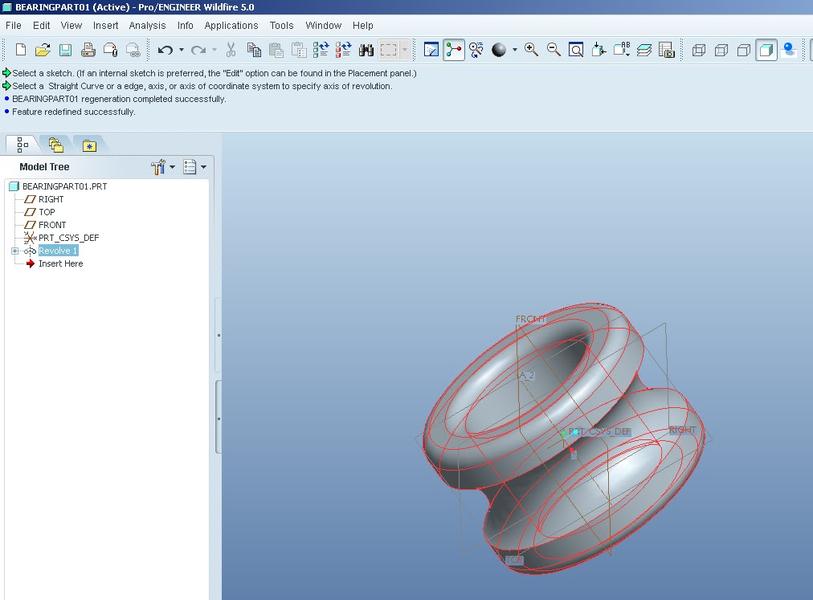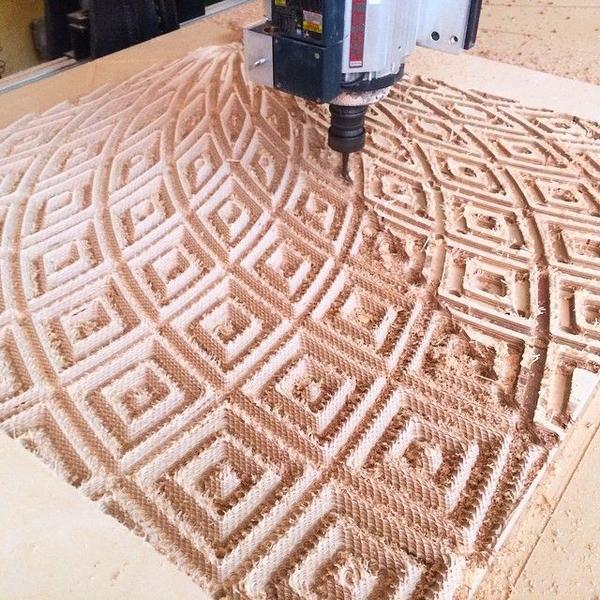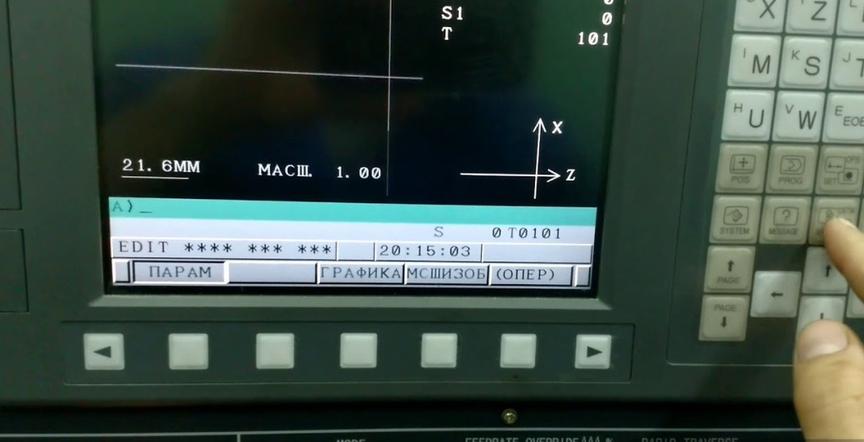Spool holder for plastic: independent printing
Sometimes standard options for filament spool holders cannot satisfy the user's needs. The reasons can be different - non-standard spool connectors, relatively high weight, inability to fit the existing holder in the space near the 3D printer, etc. In all these cases, you can solve the problem by creating your own holder for the filament spool according to the parameters that are important in a specific case.
- 3D Printer Filament Spool Holder
- What are the models of filament stands?
- 3D model of plastic spool
- Self-manufacturing and purchased holder: pros and cons
3D Printer Filament Spool Holder
It is a device responsible for holding the filament spool during printing and ensuring uninterrupted material feed to the printer's extruder.
The holder must meet the following requirements:
- Be stable and securely attached to the working surface. Stability is necessary to prevent the bracket from moving during operation.
- The assembly must be of high quality, and the materials used must be strong.
- The structural features of the holder should not obstruct the feeding of the filament to the printer's working tools. The material should smoothly slide when unwound. Jerks and interruptions during printing can cause the spool to wrap and the filament to jam.
- The plastic spool should not fall off the holder during printing.
Spool holders can be made of various materials, but in practice, products made of metal, plastic, and wood are most commonly used.
The choice of material depends on the conditions in which the product will be used in the future.
What are the models of filament stands?
Most often, holders for spools come in three types:
- Horizontal;
- Vertical;
- Adaptive.
Horizontal spool holders for plastic are used when the weight of the spools significantly exceeds the standard, and the design features of the 3D printer used do not allow the spool to be placed inside the device's chamber. Horizontal holders provide high fixation of the spool and can ensure smooth material feed to the extruder. Often, because the material is outside the printer's chamber, horizontal holders are used in conjunction with filters to ensure the cleaning of the material from solid particles and dust, which can significantly reduce print quality when entering the print head.
Vertical spool holders take up less space and can be placed in small free areas, including in 3D printer chambers. Design features allow the use of such holders for spools of standard weight. Vertical holders will not be suitable for spools with a winding of more than 2.5 kg due to the reduction in the efficiency of material feed during printing.
Adaptive filament holders are the most popular models today. They are designed in such a way that any properly fastened plastic spool will be fixed so that the unwinding will be smooth, and the angle will change depending on the volume of material consumed.
3D model of plastic spool
When developing a 3D model for the independent printing of a filament holder, the following data should be taken into account:
- The maximum weight of plastic spools to be used in printing.
- The diameter of the input hole of the spools.
- The calculated limit for the strength of the material for printing on breakage depending on the print quality.
- The place where the holder with the spool will be placed.
Based on the input data, the following parameters should be calculated:
- The thickness of the part's wall.
- The thickness of its floor and ceiling.
- The choice of filling pattern (a grid is most often used).
- The density of product filling during printing (on average - 30%).
- The need for support printing (if there are protruding parts).
- The speed of printing the outer perimeter of the product.
- The distance of support along the Z-axis.
- The speed of printing the outer filling (from 95 mm / min).
Also, when developing the model, the diameter of the nozzle used, the desired layer height, and the printing temperature should be taken into account.
IMPORTANT! In the finished 3D model, all files should be renamed based on the number of copies of the part that need to be printed.
Self-manufacturing and purchased holder: pros and cons
Both self-manufactured holders for plastic and their ready-made analogs offered by manufacturers have their advantages and disadvantages.
For example, purchased spool holders for 3D printers are produced in accordance with the specified characteristics for the materials of a particular manufacturer. Universal spools produced in plants may not be suitable if filaments of different manufacturers are used for printing. The holder's diameter may be either too small or excessively large, which will prevent the spool from being securely fixed on the holder and may cause problems during printing.
Self-made holders can be designed so that each model will fit the specific requests of each user.
The advantages of self-made holders include:
- The ability to choose the device parameters to place it in a specific location.
- The ability to design the holder in such a way that spools from different manufacturers can be securely fixed.
- Precise adjustment of material feed alignment.
The drawbacks include:
- The need for time to develop a 3D model.
- The need for accurate calculations for device design.
Thus, when problems arise with the existing spool holder for filament, every owner of a 3D printer can independently create its replacement, taking into account all the necessary parameters and the features of the tasks facing the user. All that is needed is to design an appropriate 3D model and wait for the printing to finish.

